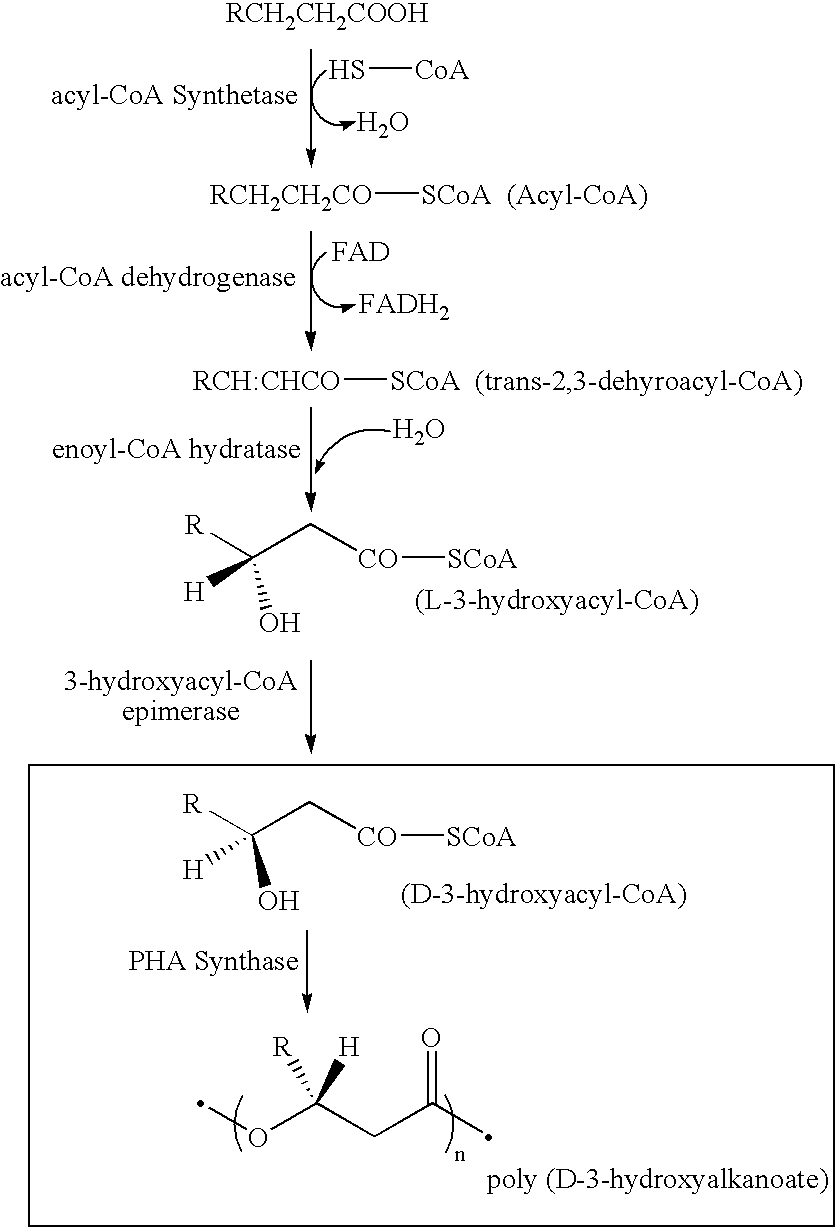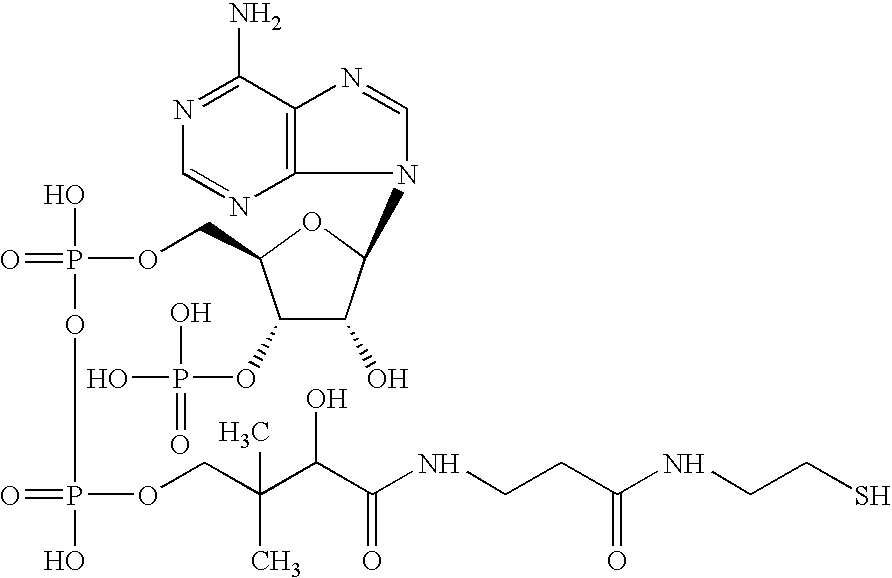Electrostatic charge image developing toner, producing method therefor, image forming method and image forming apparatus utilizing the toner, construct and method for making the construct
a technology of electric charge and developing toner, which is applied in the field of construction, can solve the problems of reducing uniform charging, affecting the selection range of materials, and affecting the color of toner, and achieves the effects of uniform design of toner characteristics, reducing color sensitivity, and reducing color sensitivity
- Summary
- Abstract
- Description
- Claims
- Application Information
AI Technical Summary
Benefits of technology
Problems solved by technology
Method used
Image
Examples
reference example 1
Construction of Transformant Having PHA Synthetase Production Capacity
[0414]Strain YN2 was cultured in 100 ml of LB medium (1% polypeptone (NIPPON SEIYAKU CO., LTD.), 0.5% yeast extract (Difco), 0.5% sodium chloride, pH 7.4) overnight at 30° C., then the chromosomal DNA was isolated by the method of Marmar et al. The obtained DNA was completely digested by a restriction enzyme HindIII. A vector pUC18 was also cut by HindIII. After terminal dephosphorylation (Molecular Cloning, 1, 572, (1989); Cold Spring Harbor Laboratory Press), complete HindIII digestion fragments of the chromosomal DNA were ligated to the HindIII cleavage site of the vector (a cloning site) using a DNA ligation kit Ver. II (TAKARA SHUZO CO., LTD.). With these plasmid vectors containing chromosomal DNA fragments, Escherichia coli HB 101 was transformed to construct a DNA library of strain YN2. Next, to select DNA fragments covering the PHA synthetase gene of strain YN2, a probe for colony hybridization was prepare...
reference example 2
Production of PHA Synthetase (1)
[0418]For the pYN2-C1, an upstream primer (SEQ ID NO: 10) and a downstream primer (SEQ ID NO: 11) were designed and synthesized respectively (Amersham Pharmacia Biotech). PCR was carried out with LA-PCR kit (TAKARA SHUZO CO., LTD.) using these primers and template pYN2-C1 to synthesize a full length PHA synthetase gene having a BamHI restriction site upstream and a XhoI restriction site downstream.
[0419]Similarly, for pYN2-C2, an upstream primer (SEQ ID NO: 12) and a downstream primer (SEQ ID NO: 13) were designed and synthesized respectively (Amersham Pharmacia Biotech). PCR was carried out with an LA-PCR kit (TAKARA SHUZO CO., LTD.) using these primers and the template pYN2-C2 to amplify the full length PHA synthetase gene having a BamHI restriction site upstream and a XhoI restriction site downstream.
[0420]Respective purified PCR amplification products were digested by BamHI and XhoI, then inserted into the corresponding restriction sites of plasmi...
reference example 3
Production of PHA Synthetase (2)
[0426]Each of E coli strains P91, H45, YN2, and P161 was inoculated in 200 ml of an M9 medium containing 0.5% of yeast extract (Difco) and 0.1% of octanoic acid, and incubated at 30° C., with shaking at 125 strokes / min. After 24 hours, the cells were harvested by centrifugation (10,000×g, 4° C., for 10 min.), then the cells were re-suspended in 200 ml of 0.1M Tris-HCl buffer (pH 8.0) and further subjected to centrifugation for washing. The cells were re-suspended in 2.0 ml of 0.1M Tris-HCl buffer (pH 8.0) and disrupted by an ultrasonic homogenizer and then centrifuged (12,000×g, 4° C., for 10 min.) to collect the supernatant to obtain the crude enzyme.
[0427]Each crude enzyme activity was measured by the above described method, and the result is shown in Table 2.
[0428]
TABLE 2ActivityP910.1 U / mlH450.2 U / mlYN20.4 U / mlP1610.2 U / ml
PUM
| Property | Measurement | Unit |
|---|---|---|
| Composition | aaaaa | aaaaa |
| Flow rate | aaaaa | aaaaa |
| Molecular weight | aaaaa | aaaaa |
Abstract
Description
Claims
Application Information
 Login to View More
Login to View More - R&D
- Intellectual Property
- Life Sciences
- Materials
- Tech Scout
- Unparalleled Data Quality
- Higher Quality Content
- 60% Fewer Hallucinations
Browse by: Latest US Patents, China's latest patents, Technical Efficacy Thesaurus, Application Domain, Technology Topic, Popular Technical Reports.
© 2025 PatSnap. All rights reserved.Legal|Privacy policy|Modern Slavery Act Transparency Statement|Sitemap|About US| Contact US: help@patsnap.com



